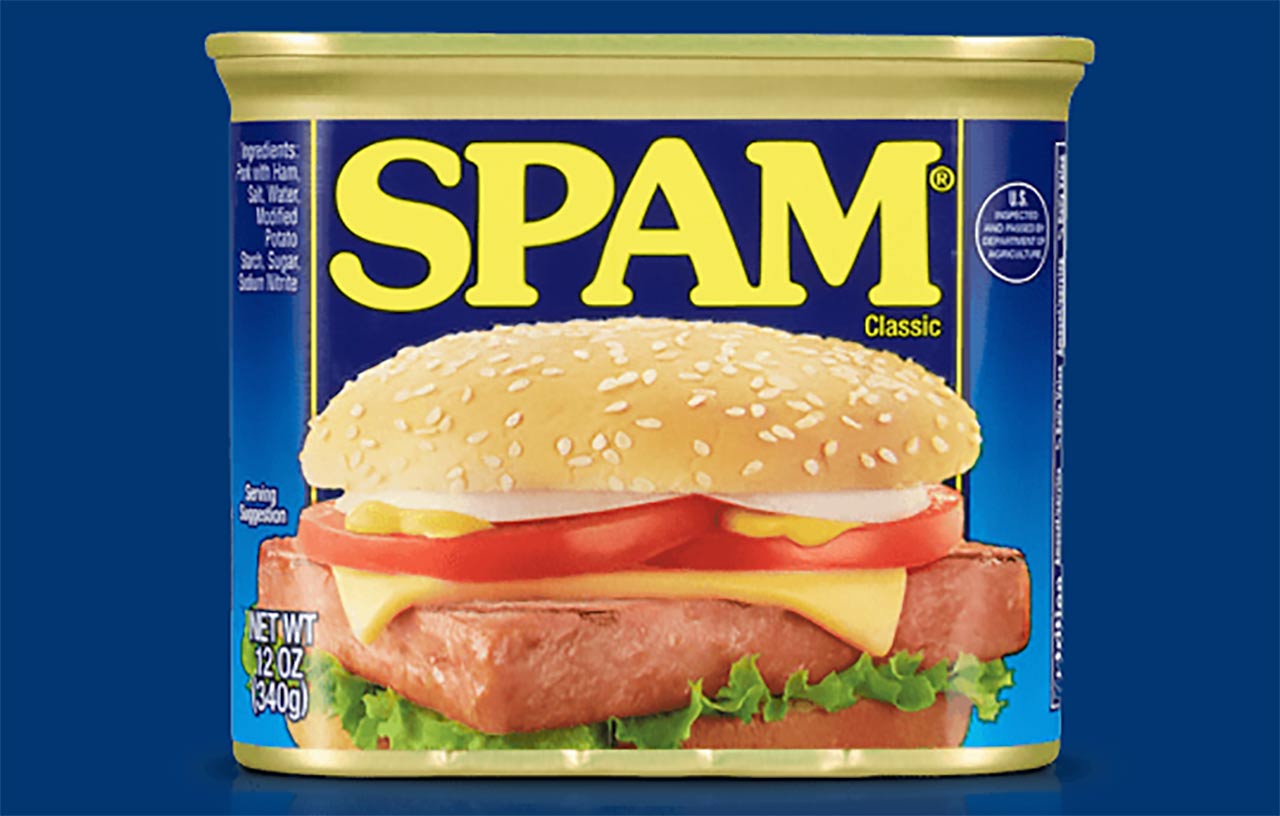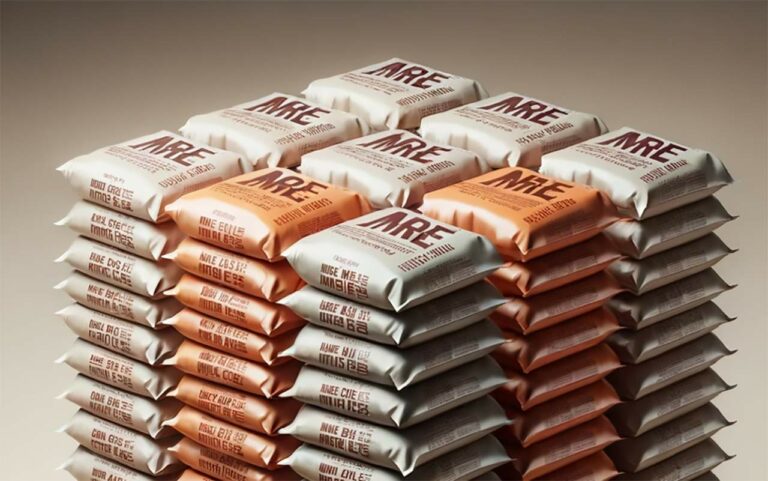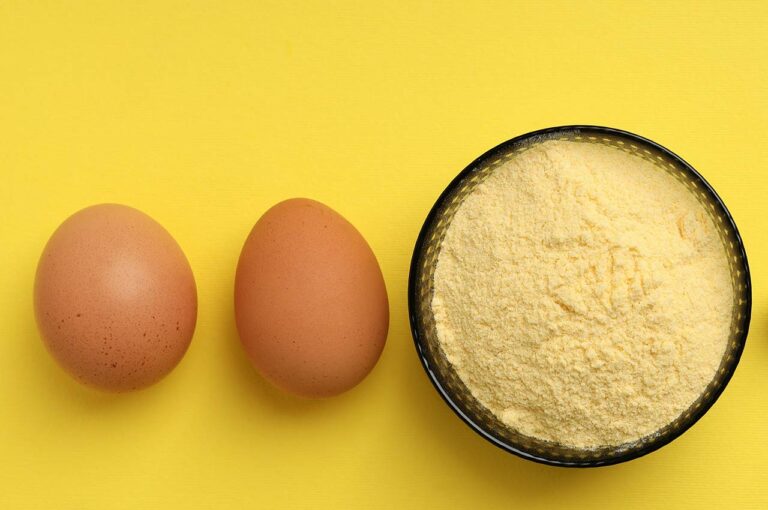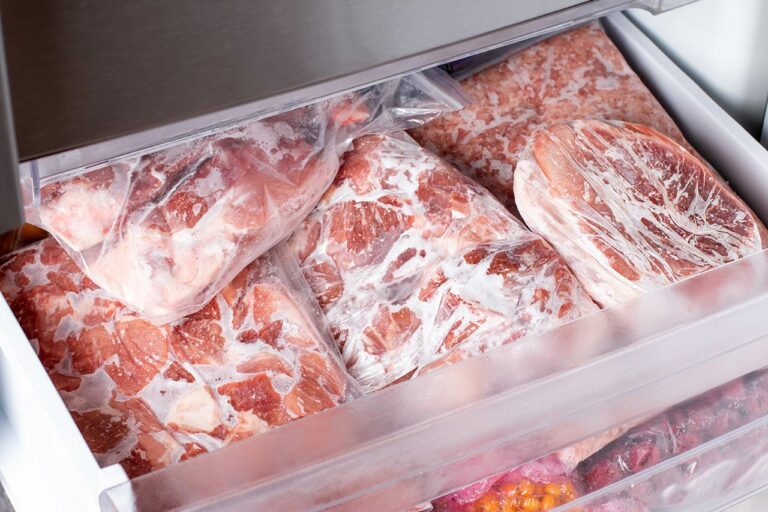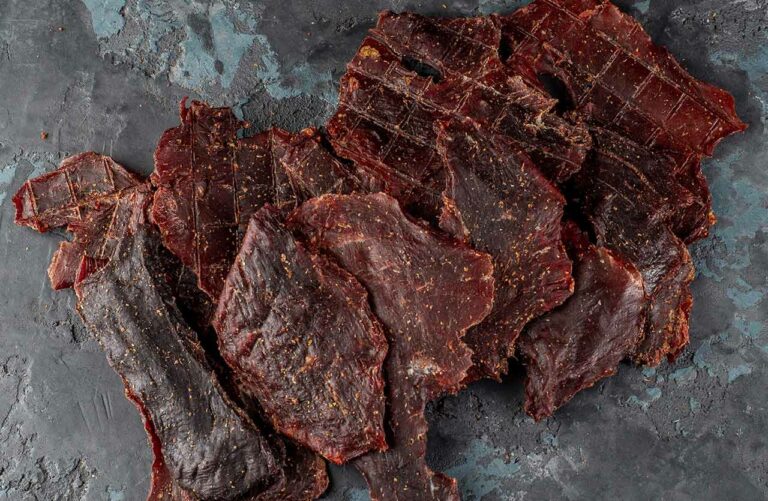Is Spam A Good Survival Food? (What To Know)
Spam has some appealing qualities that make it a viable choice for emergency situations. With its high concentration of fats and proteins, this canned meat can provide the essential nutrients needed to sustain you during tough times. Moreover, it is readily available, inexpensive, and easy to store for extended periods.
Spam’s popularity as a survival food is undeniable. Its versatile nature allows for various preparation methods, from frying to baking, to suit your taste buds in any situation. So, when packing your survival kit, don’t hesitate to toss in a few cans of Spam – but remember to balance it with other nutritious options to keep you energized and healthy during times of crisis.
Spam as a Survival Food
As a survival food, Spam offers some noteworthy advantages. For starters, it doesn’t require refrigeration, making it a suitable option for your bug out bag and emergency food supply. In fact, the shelf life of Spam is around 2-5 years, allowing you to stockpile it in your prepper pantry long term.
Spam also provides a decent amount of fat, protein, and calories in each serving, key nutrients your body needs during a survival situation. It has the added bonus of being edible right out of the can, without needing to cook it. This makes it a highly convenient option for preppers and those facing an SHTF scenario.
However, there are a few health considerations to keep in mind. Spam contains sodium nitrite, a preservative that maintains its color and inhibits bacterial growth. While the levels in Spam are considered safe, consuming large amounts of processed meats may pose health risks. It’s essential to consume it in moderation and incorporate other items into your long-term food storage to maintain a balanced diet.
One major benefit of including Spam in your survival food plan is its versatility. You can use Spam in various recipes, from sandwiches to fried rice dishes, to add protein and flavor, which is crucial when relying on emergency food supplies for an extended period.
Nutritional Value of Spam
Spam is packed with protein and fat, which are both essential energy sources in a survival situation. A single serving of Spam contains around 13 grams of protein and 16 grams of fat, providing you with the energy you need to keep going.
However, Spam is also high in sodium, with approximately 790 mg per serving. Consuming large amounts of sodium can be detrimental to your health, but in a short-term survival situation, it may help you retain water and maintain hydration levels.
In addition to protein and fat, Spam provides some essential vitamins and minerals. A single serving of Spam can provide:
- Iron: 4% of daily value (DV)
- Zinc: 4% of DV
- Copper: 2% of DV
- Vitamin C: 2% of DV
This may not be optimal for a long-term diet, but it can be an advantage in a survival situation where you need to conserve your energy sources and focus on getting enough protein and fat.
Shelf Life and Storage of Spam
The shelf life of Spam typically ranges between 3 to 5 years, as long as the seal hasn’t been compromised and the can remains undamaged. Although some may believe it has an indefinite shelf life, the quality of Spam does indeed deteriorate over time.
To store Spam effectively, you should keep it in a cool, dry place away from direct sunlight. This helps prevent spoilage, bacterial growth, and other factors that can affect the longevity of canned goods. The best-by date printed on the can is a great indicator of when you can expect the product to start losing its quality, but it is still safe to eat as long as the can has not been damaged.
Once the can is opened, it’s vital to properly store any leftovers. If you’ve already cooked the Spam, or it came precooked in the can, be sure to refrigerate it. Keeping it in the fridge will extend its usability, and it should last around 7-10 days. Officially, the manufacturer recommends consuming opened Spam within 2-3 days, but it can still be used past that time if it is refrigerated and has not shown any signs of spoilage.
Humidity is another factor that may affect the integrity of your Spam. If you live in a humid environment, it’s even more important to ensure the can is stored properly, as moisture can weaken the seal, allowing bacteria to infiltrate the container and spoil the contents.
Health Considerations and Risks
Processed meats, like Spam, can potentially lead to health issues such as type 1 diabetes and decreased blood flow. These issues may arise due to the presence of nitrosamines, which are compounds formed when sodium nitrite reacts with other substances in your body. Nitrosamines have been linked to several health problems, so it’s vital to be mindful when consuming processed meats, including Spam.
In addition to the sodium nitrite, Spam also contains a high amount of sodium. High sodium intake can lead to an increased risk of health problems, such as high blood pressure and heart disease. Despite these potential risks, it is still possible to include Spam in your diet and for survival situations if consumed mindfully and in proper portions.
Another important factor to consider is the possibility of bacterial contamination. Although the canning process kills most bacteria, there is still a chance that some bacteria may survive or be introduced during storage or handling. To minimize this risk, be sure to store your cans of Spam properly and consume them within the recommended shelf life.

